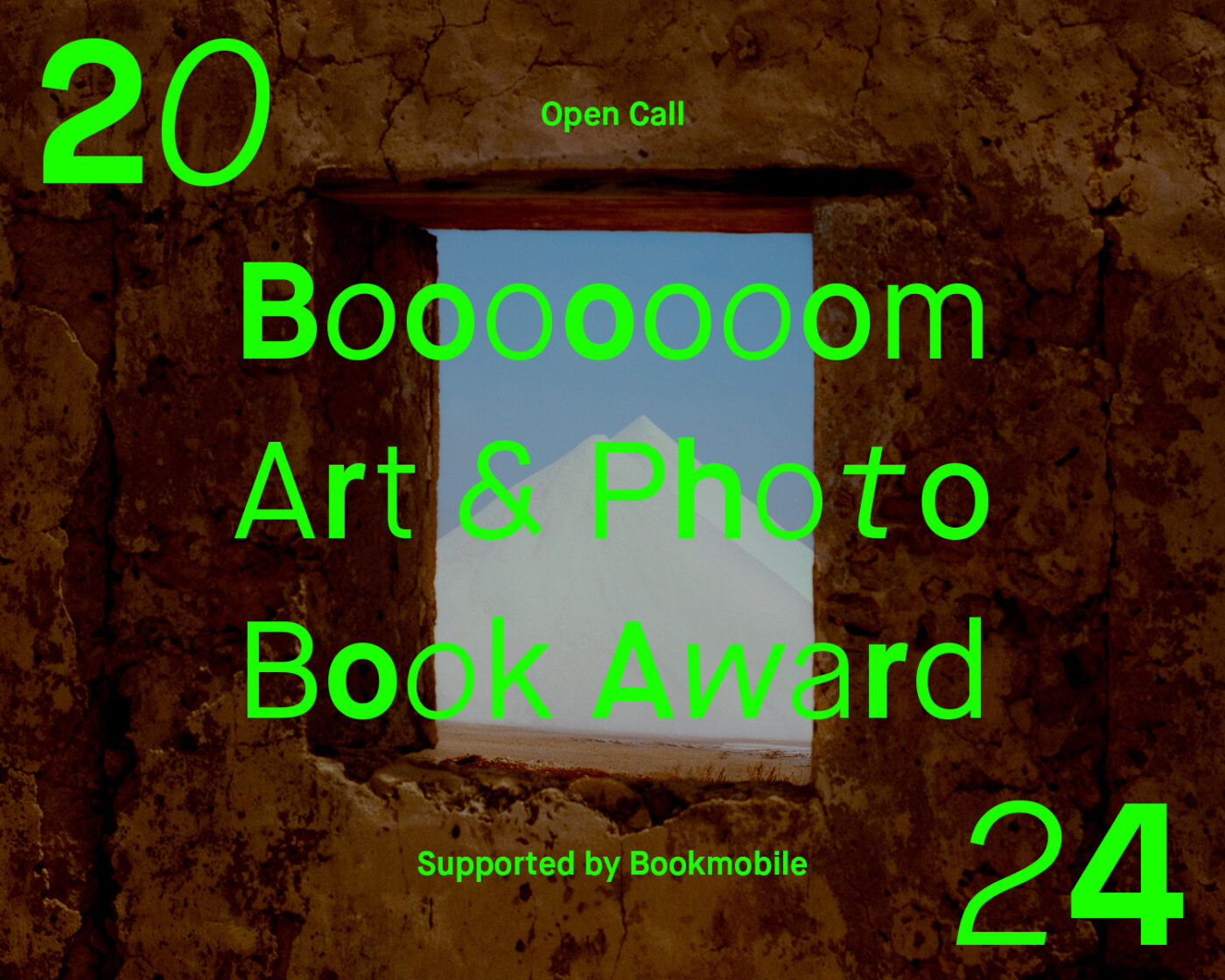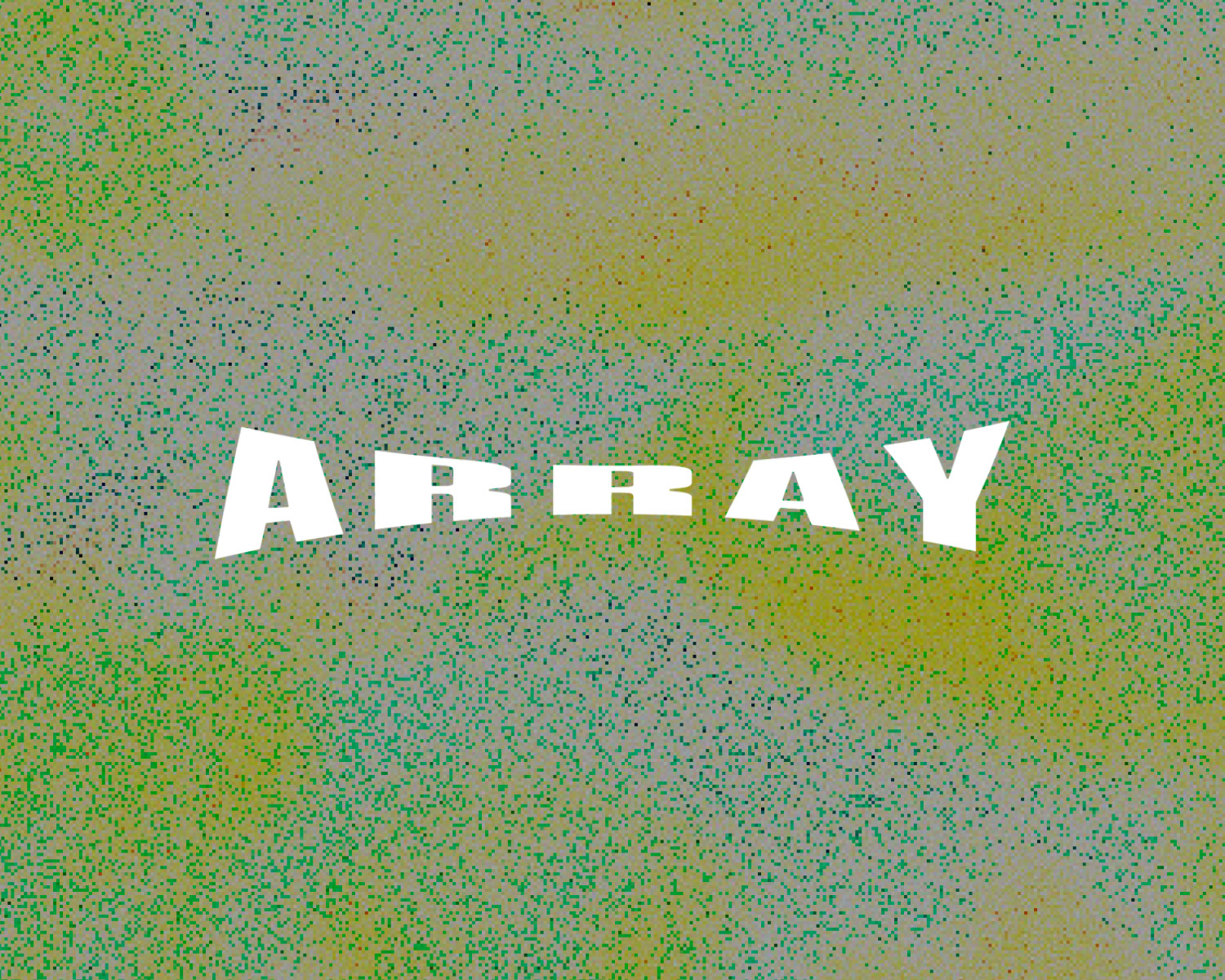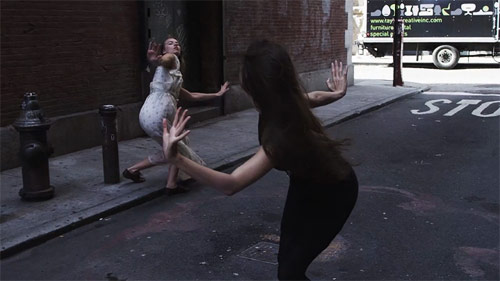
Brooklyn-based Canadian filmmaker Derrick Belcham is exploring the relationship of the sound and choreography with a series of six films releasing this week, the first of which was debuted by The New York Times (see here).
The films act as a sort of appetizer/fundraiser for a larger project he is working on with artist Ruby Kato Attwood, called PRESSUR.ES. They’ll be working with musicians like Tim Fain (Philip Glass soloist), Richard Reed Parry (Arcade Fire), Laurel Sprengelmeyer (Little Scream), Sarah Neufeld (Arcade Fire), Colin Stetson (Tom Waits, Lou Reed, Bon Iver), and many others.
I’m excited to not only debut the second film in the series “Western Gypsy Rhymes”, but also get to share with you a chat I had with Derrick. Enjoy!
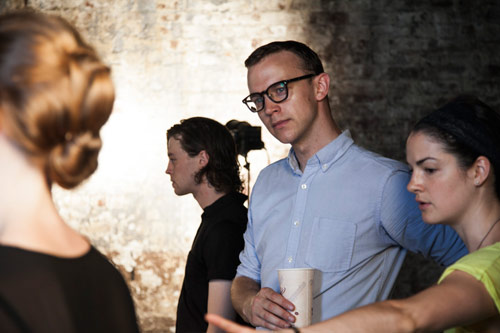
Photo by E. Lee Smith
Interview with Derrick Belcham
Jeff Hamada: Can you start by describing what you do for a living, in one Twitter-length sentence?
Derrick Belcham: I create the best films I am capable of at any given time in collaboration with an ever-expanding network of artists, companies, and friends.
J: How did the idea for PRESSUR.ES come about?
D: At the end of 2012, I was asked to curate a night of dance films for Pentacle, a NYC-based dance organization. I shirked that responsibility and created six of my own dance films for them by selecting six dancer/choreographers, filming pieces in the streets of NYC, and sending those finished visuals over to musicians I knew, to be scored.
The first set is being released right now as part of a fundraiser for our upcoming season of films. The one you’re premiering is a favourite. Chloe & Katherine were two of the first people I met in NYC regularly creating new dance work for film, and the three of us have become prolific collaborators. I’m shooting Katherine’s first short narrative film in October.
The entire idea of PRESSUR.ES centers around the interesting mutations that collaboration brings about, and how the act of collaboration involves others in your life to come.
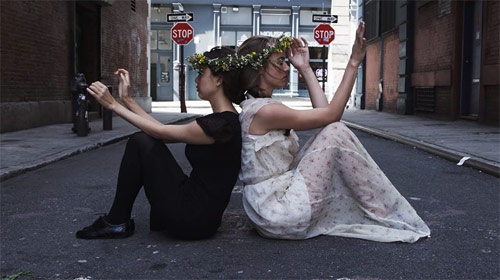
J: I think “Western Gypsy Rhymes” is my favourite of the bunch you showed me. When I watch these things I can’t tell which was made first, the sound or the picture, I guess that’s a compliment to both sets of artists involved. Is the music usually made before the choreography or is there a dialogue there?
D: In all of these first films, the ones labelled “Alpha”, the dance was filmed first and then the edit was given to an artist to score. For “Western Gypsy Rhymes”, my friend Taraka Larsen of Prince Rama took inspiration from the film’s location on Lafayette, a few doors down from Thurston Moore’s old apartment. She took tiny moments of feedback at the beginnings and ends of Sonic Youth tracks and slowed them down to unrecognizable speeds then mixed them together to create the accompanying piece.
In the new series, we’ll be exploring different ways that the score affects the choreography and edit, so there will be different rules than the ones put in place by these six films.
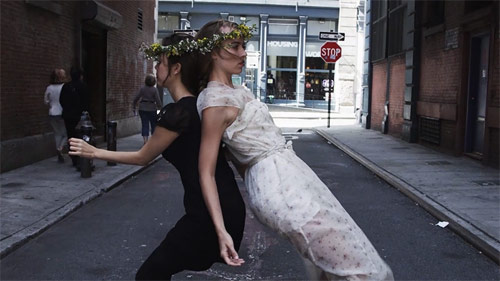
J: Ah, very cool! I can see lots of similarities between this video series and your “Take Away Shows” for La Blogotheque, can you talk a bit about what’s different in your approach to this project?
D: For most of my “Take Away Show” experiences, a Pierre Perrault-style vérité is usually the recipe. I either choose or am suggested a band, we decide on a location and a scenario, and then we film the results as they happen. With the first series of films I made for the screening (that eventually became part of my film, Baryon) I followed a similar approach. The results, largely improvisational, reflect that same one-take, one continuous shot aesthetic.
For the new series, I’ve embraced a more cinematic approach by plotting coverage with the choreographer in advance of the shoot, and sitting with them during the edit. In “Forcelessness”, elements of the handheld approach are integrated, but only in the greater whole of what the piece demanded. It is handheld and close up to enhance emotional engagement with the subjects, then wide and stationary to accentuate the perfect lines being performed by the dancers. In the next nine films, I plan to keep experimenting with more ambitious execution of this new approach.
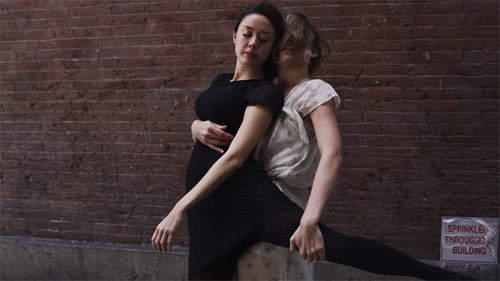
J: Is there an element to dance that can’t be captured on film?
D: Well, there are a huge array of actions that happen away from the camera’s cone of vision that never make it in to any given dance film, but affect it in palpable ways. For these ones, the audience in the streets, the things that they say and do off camera, none of that shows up on record, but deeply affect the way that both the dancers and I are constrained or expanded by the environment.
The relationship leading up to the creation of the pieces is largely unrecorded as well, the tensions and the encouragements, the inspiration between the collaborators isn’t something that makes it’s way into the piece in an overt way, but is a big determinant of what kind of work is captured.
J: You should make something with Celia Rowlson-Hall, do you know her?
D: I hadn’t heard of her… and now I’m obsessed. Thanks.
J: I’ll connect you to each other!
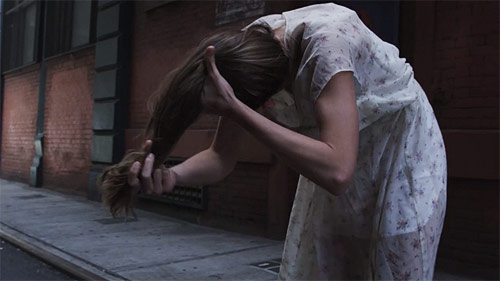
J: What is your favourite dance sequence from a movie?
D: There are so many incredible ones. Strict “dance films” aside, “The Red Shoes” is a favourite. Jack Cardiff was the best/most ingenious cinematographer going, all of the grand sections during the long performance sections at the heart of that film are so inventive. He shot those on a camera the size of a storage locker, it’s unbelievable. I shoot on a Red Scarlet and I can put it in my side bag on the subway. That man was a complete genius.
Beyond Hollywood, I love all the old, weird Pina Bausch stuff, the one she did for German television in the 90s called “The Complaint Of An Empress” is so good. I love William Forsythe, his pieces are all so vicious. All of the La La La Human Steps films are knockouts as well. There are too many.
Dance is much better in a room though, part of my involvement in dance film comes from a selfish need to be as close to a performer as possible. Just like with a Take Away, I get a private, intimate performance all to myself. The difference with the dance pieces is now I get to a part of the performance. As awkward as it might appear from the outside, I get to dance along with the performers, and that element is the most exciting part of this new project.
J: Do you have a signature dance move?
D: I am a pretty dangerous dancer to be out there with. I have serious delusions of grandeur about what my body is able to do, and I’ve been known to break things. The only certainty by the end of one of my confusing impromptu routines is that I will have soaked completely through whatever I am wearing, and any photography will leave me looking like a desert island hobo. I am as inelegant a dancer as they come, but my heart is in the right place.
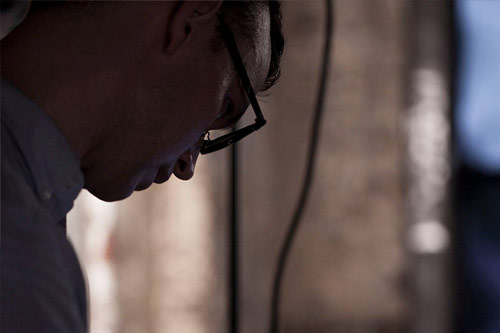
Photo by E. Lee Smith
J: I wonder if there is an opportunity to explore this idea with other visual artists, like abstract painters for instance.
D: My friend Clara Claus just collaborated with Bryce Dessner on something really interesting. She painted a few hundred feet of canvas in different media and then rolled the piece across a camera to create a linear score that musicians would interpret as it crossed the frame. She and I have been plotting something for a while, so I’ll come back and show you that as soon as our schedules meet up. Here’s the piece performed at BAM last year (see here).
J: That performance is so cool! Can we maybe end this with a quote? Something someone famous or totally unfamous said, a song lyric, anything…
D: Here’s a nice succinct one from Merce Cunningham: “You have to love dancing to stick to it. It gives you nothing back, no manuscripts to store away, no paintings to show on walls and maybe hang in museums, no poems to be printed and sold, nothing but that single fleeting moment when you feel alive.”
Watch “Western Gypsy Rhymes” below:
More on Derrick’s new project here: PRESSUR.ES
